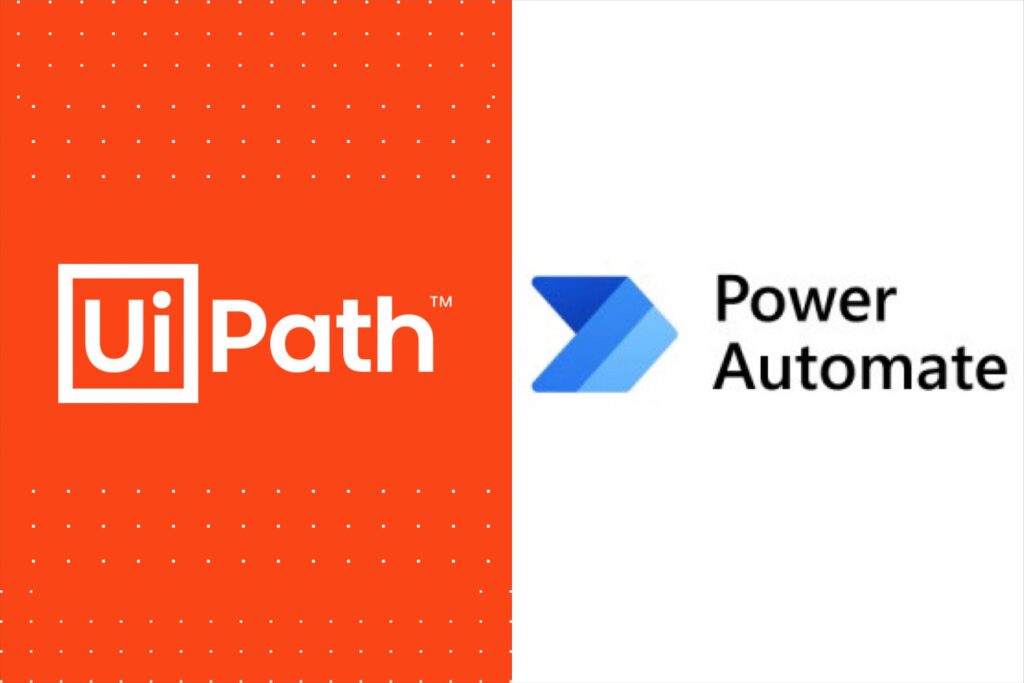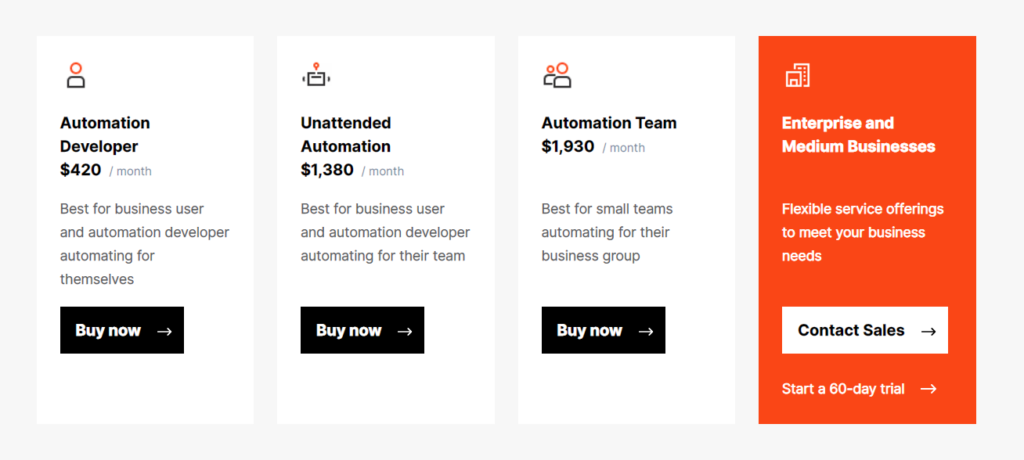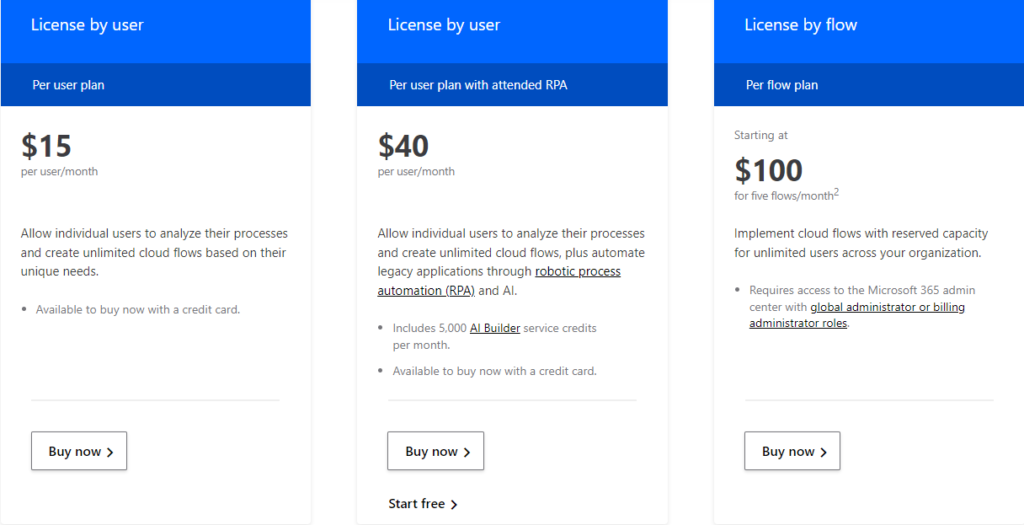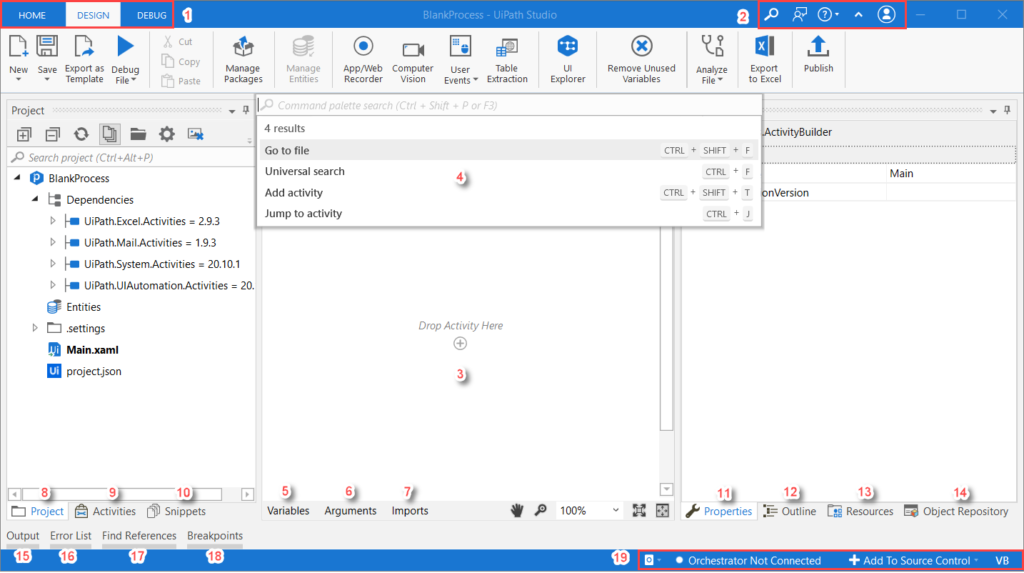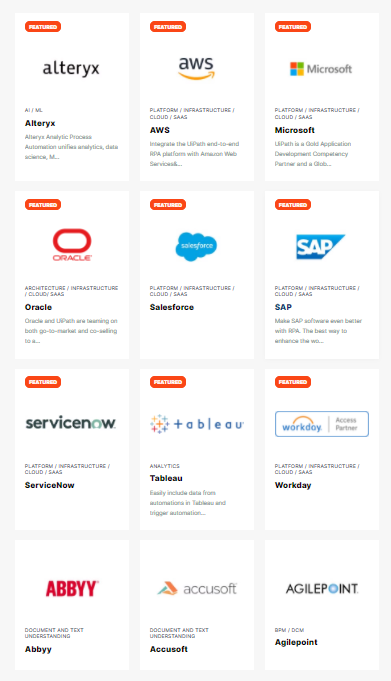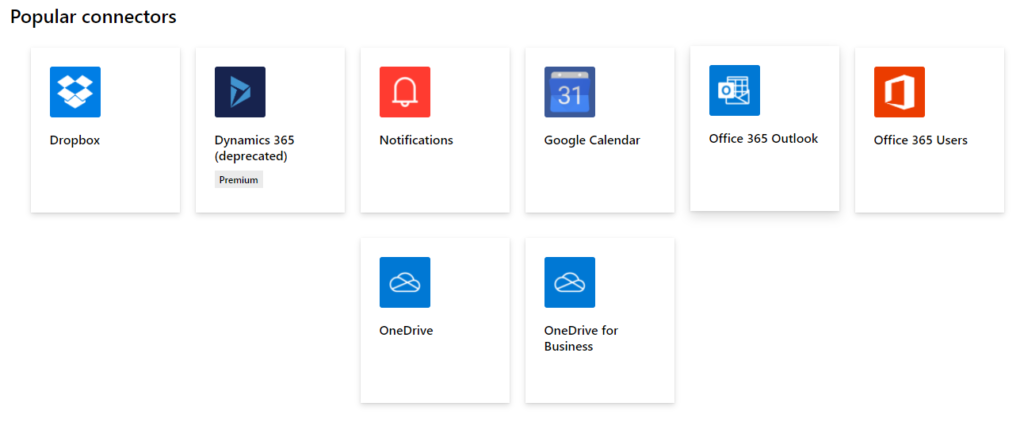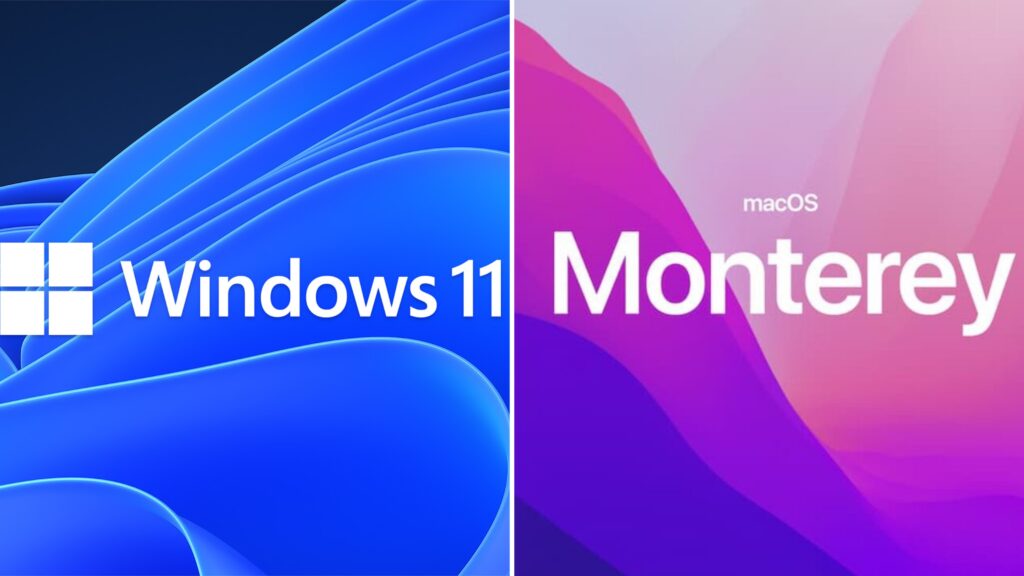UiPath vs Microsoft Power Automate
We know that Gartner defines the Robotic Process Automation (RPA) market as the market for licensed software platforms used to build scripts to integrate any application through user interfaces and control dashboards or orchestrators.
Coming to the third episode of PRA, I believe that readers have a certain understanding of the characteristics, advantages, pitfalls, and trends of RPA. If you want to review previous articles, please visit: Why is RPA an indispensable technology today? and PRA in Pandemic, why has RPA become a necessity, especially under Covid-19?
In this episode, we’ll dip into two different types of RPA. They are MS Power Automate and UiPath. Behind the similarities, what are their differences, and how should corporate decision-makers choose?
UiPath vs Microsoft Power Automate: The positioning and features

Source: Gartner (July 2021)
Diagram according to the Magic Quadrant for Robotic Process Automation. MS Power Automate and UiPath are both in the leader position.
UiPath is a robotic process automation tool for end-to-end automation at scale. The UiPath platform provides rich governance capabilities, a citizen-developer-friendly user experience, enhanced computer vision, and cloud-orchestrated RPA-as-a-service.
Key Features of UiPath:
- Strong developer community creates new traffic every day
- Drag-and-drop workflow interface
- Save your own templates for reuse
- On-premises and cloud-based
- Advanced grabbing options, recording, and playback
- Built-in Activities in UiPath
- High security and robustness
Meanwhile, Its RPA product is Power Automate, which includes Power Automate Desktop enhanced by Microsoft’s SaaS-based automation platform on Azure. It also includes API integration and orchestration capabilities. Microsoft provides fully integrated capabilities as part of Power Platform, namely Power BI, Process Advisor, Power Apps, API connectors, and Power Virtual Agents.
Key Features of Microsoft Power Automate:
- On-premises and cloud-based
- Available on desktop, mobile, web, and Microsoft Teams
- Automate business processes
- Templates to quickly create processes
- Move business data between systems on a schedule
- Connect to 500+ data sources or any publicly available API
- You can even automate tasks on your local computer, such as calculating data in Excel.
They all help businesses build and manage efficient automated workflows. They reduce costly frustration caused by manual repetitive tasks. While offering similar services, there are some key differences between these products – when the cost is so high, choosing the right product for your business is critical.
UiPath vs Microsoft Power Automate: Pricing
You can try Power Automate and UiPath for free. Note, however, that some features are locked in the trial version of UiPath. Regardless of which you choose, both products require a subscription fee.
UiPath’s licensing is fairly complex and requires serious effort to fully understand.
UiPath charges per robot, with additional fees for unattended automation of additional systems. Implementation costs are thought to be around $60,000 to $100,000, while online users claim license fees can range from $3,000 to $6,000 per year, depending on business needs.
Microsoft Power Automate’s pricing structure is clearer:
Plan
Starting at
Details:
Per User Plan:
$15 per month
Allows individual users to analyze their processes and create unlimited cloud streams based on their unique needs.
Per-user plan with attended RPA
$40 per month
Allow individual users to analyze their processes and create unlimited cloud flows and automate legacy applications with Robotic Process Automation (RPA) and AI.
Includes 5,000 AI Builder service credits per month. It is now possible to purchase with a credit card.
Per-flow plan
Five processes starting at $500 per month
Implement cloud streaming with reserved capacity for unlimited users across your organization.
Access to the Microsoft 365 admin center is required with the Global Admin or Billing Admin role.
Across the industry, Microsoft Power Automate is generally rated as less expensive than UiPath, and you can add more users to the system.
UiPath vs Microsoft Power Automate: Performance
Both Microsoft Power Automate and UiPath provide unattended and attended robotic orchestration and AI solutions for businesses.
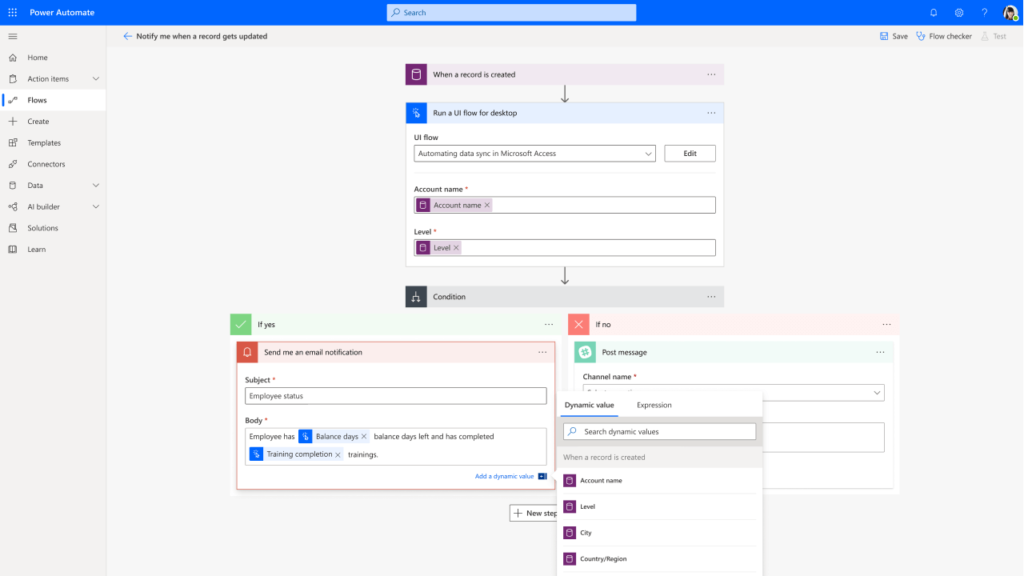
Power Automate is arguably the more “professional” solution — anyone can use it, but advanced users will see the most success. This is an advanced technical tool developer who knows what they are doing and what they want to achieve. The learning curve may be slightly steep, but it is a very powerful RPA tool. By creating custom AI solutions or pre-built models, businesses can gain deeper insights from the data they have.
Connect Microsoft Power Automate to AI Builder for powerful combinations.
With products from Microsoft, developers can access AI Builder to embed artificial intelligence into everyday workflows. Likewise, UiPath’s AI Center has the same drag-and-drop usability as the tool for bringing machine learning models into automated workflows.
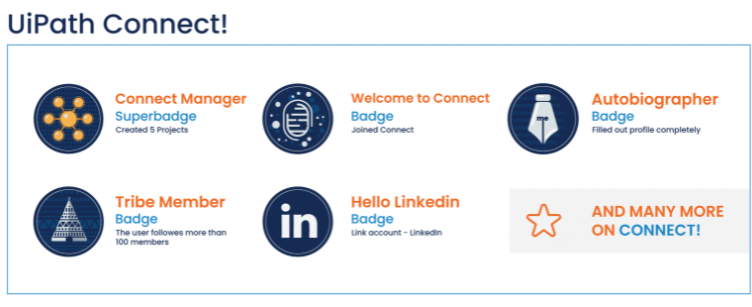
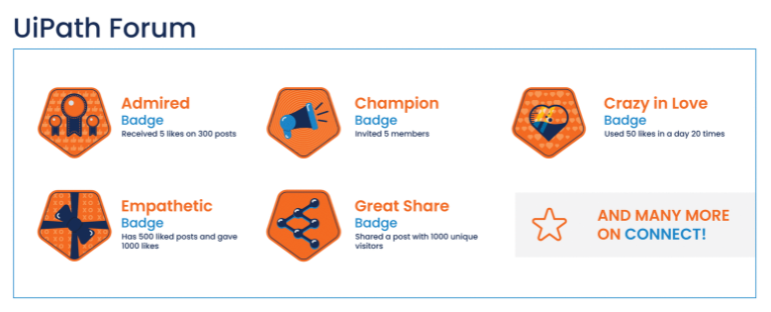


On the other hand, Power Automate has not been around as long as UiPath, and in some areas. For example, UiPath has a very active developer community with new flows being rolled out every day, while Power Automate’s own community is still growing, so there are fewer user-generated flows available.
Also, UiPath’s “years of service” come with its own baggage; it’s not always the most accessible or easy-to-use RPA tool. Perhaps the biggest difference between the two is how each handles computer vision. UiPath has a deceptively simple interface, but it’s not always the easiest to use. This is the platform’s ability to “see” and “understand” changes within a website or system and adjust automation accordingly.
With UiPath, this functionality is available as a free add-on; with Power Automate, you can access the Azure Cognitive Services API as a connector, but it’s not natively built into the system.
UiPath vs Microsoft Power Automate: Integrations
UiPath natively integrates with a wide range of enterprise applications to expand its reach and become the Fully Automated Enterprise™. These enterprise applications include Oracle, Salesforce, and SAP. The UiPath Technology Partner Program provides a proven co-innovation framework to deliver game-changing end-to-end technical and business solutions to customers.
Microsoft Power Automate provides various connectors for third-party tools and legacy systems.
As you might expect, Power Automate connects seamlessly with many other Microsoft products, including all of Azure, Power Platform, OneDrive, SharePoint, and even Teams. The tool will also “discover insights and customize and extend Microsoft 365, Azure, and Dynamics 365 capabilities. Workflows can connect to hundreds of data sources from a library of connectors, including popular platforms like Salesforce and Trello, as well as Microsoft Dataverse.
UiPath vs Microsoft Power Automate: Privacy overview
As an ISO 27001 certified company, UiPath has demonstrated a strong commitment to information security and storage. According to the company, processes are in place to protect data, including “physical security measures, access controls, organizational security measures, and incident management procedures.” ‘
Most automated workflows require the screen to be unlocked to run. However, UiPath includes the option to allow a flow to run after the screen is locked for added privacy. Further enhancing security is the ability to encrypt and store credentials on a central server. UiPath’s company website publishes a “Trust Portal” dedicated to showcasing the steps it takes to maintain security.
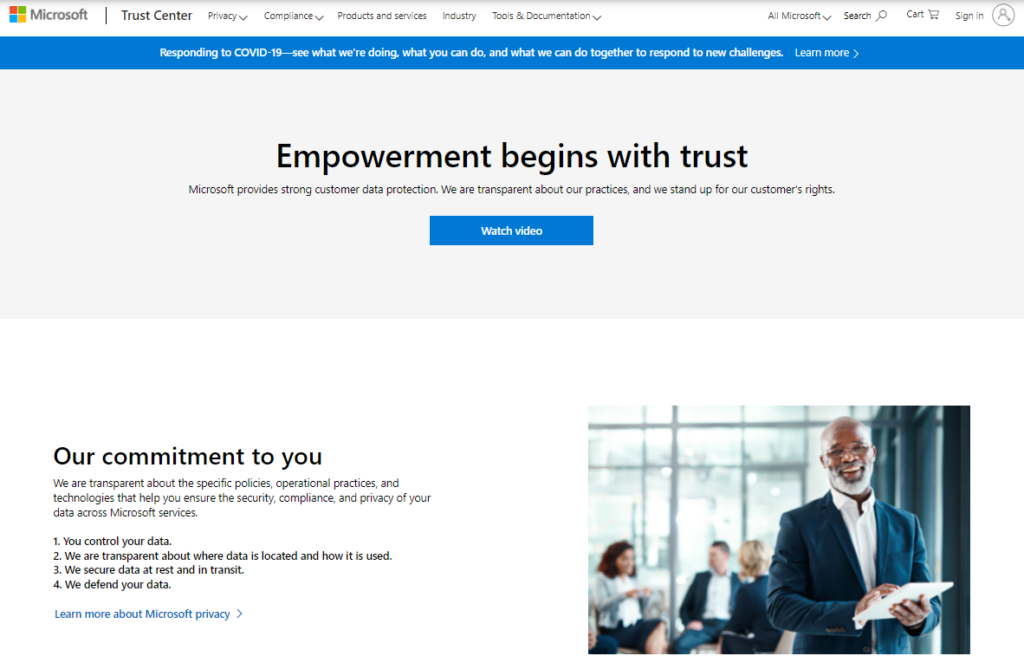
Microsoft offers the most comprehensive compliance offering of any cloud service provider, including certifications and attestations. As you’d expect, at a time when data privacy is in the headlines, Microsoft is equally committed to security, with the platform offering “the most comprehensive compliance offering of any cloud service provider. In the RPA tool, user permissions can be enforced Fine-grained controls, so only those who need access to the data can access the data. Microsoft also has a “Trust Center” that provides more information.
UiPath vs Microsoft Power Automate: Pros & Cons battle
Microsoft Power Automate
Pros
Cons
- Sales Execution and Operations: Microsoft offers a free version of PAD to all Windows 10 users. It also offers a premium product in subscription, it is more affordable than UiPath.
- Integration with the Microsoft Ecosystem: Microsoft has a large customer ecosystem with 15.8 million bots deployed and 1.5 billion actions driven per day. Its Azure-based RPA product is used by 1 billion people. Power Automate provides rich integration with Microsoft’s widely used application ecosystem.
- Huge partners: Power Automate’s sales ecosystem includes more than 400 partners and continues to grow as Microsoft trains new partners and invests more in marketing.
- Ease of setup and easy-to-use product strategy: Microsoft’s RPA value proposition includes RPA with API Orchestration, which can integrate multiple systems of record to automate routine data transcription efforts. Microsoft uses all components of its Power Platform to create a unified end-to-end platform that provides automation, integration, low-code application development, and analytics. A powerful recorder for identifying and creating bots to meet your business process automation requirements.
- Pricing: Microsoft’s per-user pricing model can be complex, especially for enterprise customers with large user bases. There are a variety of different add-ons, as well as limits on storage, file capacity, and daily requests. Microsoft’s willingness to negotiate discounts as part of the Office 365 license agreement is not always clearly communicated.
- Windows dependencies: Microsoft’s RPA relies heavily on PAD as the RPA runtime, which is Windows-centric. Currently, PAD requires local installation on desktop devices or virtual machines running Windows 10 Home/Pro/Enterprise, Windows Server 2016, or Windows Server 2019. Microsoft does not support the installation of PAD on devices with ARM processors or other operating systems.
- UX: Navigating between Microsoft Teams, PAD, and the Power Automate service on the cloud can be confusing for business and IT users. Although PAD is the cornerstone of Microsoft RPA, UX for automated design typically starts with the Power Automate portal. Additionally, some connectors and productivity apps are available through Teams, which complicates navigation choices when designing and developing bots.
UiPath
Pros
Cons
- Product Strategy: With strong brand awareness among RPA clients, UiPath is influencing the market’s perception of process automation. Its vision includes an integrated low-code platform with capabilities including IDP, process mining, cloud delivery, and iPaaS. UiPath targets a broad range of roles involved in the process automation lifecycle – it caters to IT staff, business technologists, and converged teams. Provides training for business end-users, programmers, and developers UiPath’s RPA platform also includes so-called “automated operations” to support enterprise-scale governance.
- UX Apps for Automation: In addition to focusing on RPA, UiPath’s portfolio also includes UiPath Apps, a low-code UX application builder that connects to a variety of cloud and on-premises applications, including ERP and legacy systems, Help create business value. It has more community-created templates and a rich library of connectors.
- Pricing: New RPA customers often find UiPath’s pricing model more complex than other RPA products they evaluate. UiPath’s pricing and packaging strategy have also changed, and it has hidden costs and can be a very expensive solution. However, UiPath has rolled out a simplified starter package for new customers, which may reduce the cost of entry for customers.
- End-to-end automation: UiPath has built a narrative around hyper automation and a set of complementary capabilities, including process mining, IDP, LCAP, and iPaaS (through the acquisition of Cloud Elements). However, many competitors entering the RPA market from adjacent software domains (especially iBPMS and LCAP vendors) offer capabilities that may exceed or match UiPath’s offerings, especially in complex orchestration, decision automation, and case management.
- Web-based development: Despite UiPath’s strong focus on cloud-based RPA, as well as existing web-based UX application builders, UiPath still lacks a web-based RPA development environment – a shortcoming that will limit those who prefer a minimal hardware footprint Enterprise adoption, not widely used on external platforms. UiPath does offer cloud
UiPath vs Microsoft Power Automate: Which should you choose?
Microsoft Power Automate and UiPath are powerful in different ways, and your choice will depend on your current and future needs.
Because of UiPath’s high setup and ongoing costs, it’s often the better choice when you’re a large business that requires a lot of traffic at the same time.
Microsoft Power Automate is cheaper to implement and easier to get started with tool. This makes it the best choice for focused automation tasks where you need to start small, maybe create a process or two, and build your workflow as you grow.
While online users appreciate UiPath’s frequent feature updates, Microsoft Power Automate is considered the best tool for achieving business goals – arguably the most important factor when choosing between different RPA tools.
About ATech Communication (HK) Limited
ATech Communication (HK) Ltd is one of the leading IT equipment & service provides for HKSAR Government Departments and Bureaux. We provide the best value and the best IT solution to our customers. Please visit our Cases page to learn more about our successful works. For more information on ATech, please contact us at enquiry@atechcom.net.
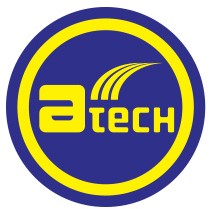
ATech Communication (HK) Limited
Providing a Complete Suite of IT Solutions
- (852) 2970 6010 / 3756 0078
- enquiry@atechcom.net
